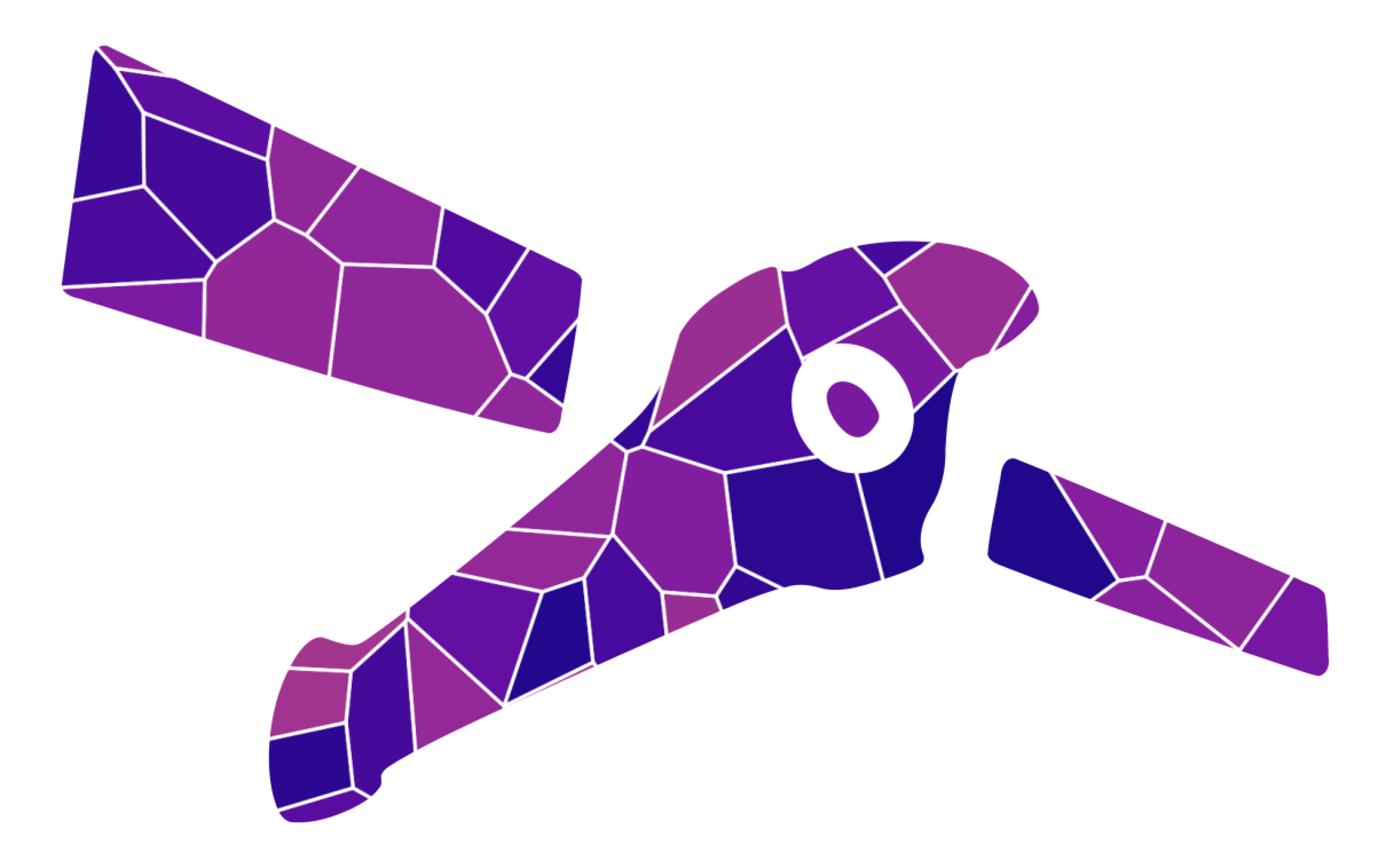Chandra Data Science:
Novel Methods in Computing and Statistics for X-ray Astronomy
Tutorial Schedule
-
All times given in EDT [UTC-4].
Additional information provided on the Slack workspace and by email.
Tutorial Descriptions
Bayesian X-ray Analysis (BXA): Robust parameter space exploration, model comparison and sample distributions
Lead Organizer(s): Peter Boorman and Johannes Buchner
Popular fitting techniques for spectral analysis such as Levenberg-Marquardt and MCMC can get trapped in local minima, and are limited in their usage for model comparison. This tutorial will explore global parameter space exploration with Bayesian X-ray Analysis (BXA; https://johannesbuchner.github.io/BXA/index.html)'s nested sampling algorithms. Nested sampling uniquely traverses the full pre-defined parameter space to efficiently identify the global optima in a given fit. We will discuss methods of model verification and model selection with BXA, and how such methods can be used to infer physical information about a system. Lastly, we will consider Bayesian Hierarchical models and their application to combining X-ray parameter posteriors into a global population distribution.
Duration: 60 min
New and Advanced ds9 features including CIAO's DAX analysis tasks
Lead Organizer(s): Kenny Glotfelty, Bill Joye (CXC)
We will demonstrate some of the latest ds9 updates including:
- Themes (eg dark mode)
- Access to CXC and HST footprint servers
- Masks, including latest support for WCS and blending
- Prism, the new file explorer
- The new Plot Control Panel, and
- Animated gifs, eg https://hea-www.harvard.edu/~kjg/ds9_contour.gif
We will also introduce users to DAX, the CIAO analysis menu, which lets users perform many common tasks directly from ds9. This includes
- Spectral and 2D fitting using sherpa
- Aperture photometry using srcflux
- Light curves and more
Duration: 45 min
Science with the Chandra Source Catalog
Lead Organizer(s): Chandra Source Catalog 2.0 Team
The Chandra Source Catalog (CSC) provides photometric, spectral, and variability properties for ~320,000 X-ray sources, obtained from uniform data analysis, profiting from Chandra's superbe sensitivity and resolution. The CSC holds an excellent opportunity for discoveries and population studies of any astrophysical object. In this tutorial, we will offer a visual diagram of the CSC properties and data products, and will present a typical workflow on how to use the catalog properties and data products to answer a specific science question. We will show how to access the relevant information using Jupyter notebooks and the CSCview interface.
Duration: 30-45 min
Intro to X-ray analysis with 3ML
Lead Organizer(s): J. Michael Burgess
This tutorial covers the basics of:
- model building and fitting in 3ML
- x-ray analysis with the OGIPLike plugin
- advanced examples with joint fits of different plugins and advanced models
Examples make use of both Bayesian and maximum likelihood fitting techinques with a variety of packages. By the end of the tutorial you should have a basic idea of how to import x-ray data into 3ML, build models, perform fits, and save the results of an analysis to disk for distribution.
The idea will be that by the end of the tutorial, you will be familiar with the concepts and philosophy of 3ML, how to import and manipulate x-ray data, how to build models, and the basics of fitting via maximum likelihood estimation and Bayesian posterior sampling.
The tutorial will be hosted via this repository: https://github.com/threeML/cds_tutorial
Please have a look at the documentation ahead of time to be prepared with questions: https://threeml.readthedocs.io/en/latest/?badge=latest
If you intend to download and install 3ML on your own machine, please try early and open issues regarding any complications with 3ML or its components: https://github.com/threeML/threeML/issues
The tutorials are still under construction, but will be ready by early next week if you intend to have a look early.
Duration: 30-45 min
Modeling and Fitting in Python with Sherpa
Lead Organizer(s): Aneta Siemiginowska (CfA/CXC)
The Sherpa package was developed by the Chandra X-ray Center (CXC) as a general purpose fitting and modeling tool, with specializations for handling X-ray Astronomy data. It is provided as part of the CIAO analysis package, where the code is the same as that available from the Sherpa GitHub page as a Python package. We provide a tutorial of the Sherpa current capabilities with a few examples.
Sherpa Documentation: https://sherpa.readthedocs.io/en/latest/
Sherpa GitHub: https://github.com/sherpa/sherpa
Duration: 30-45 min
